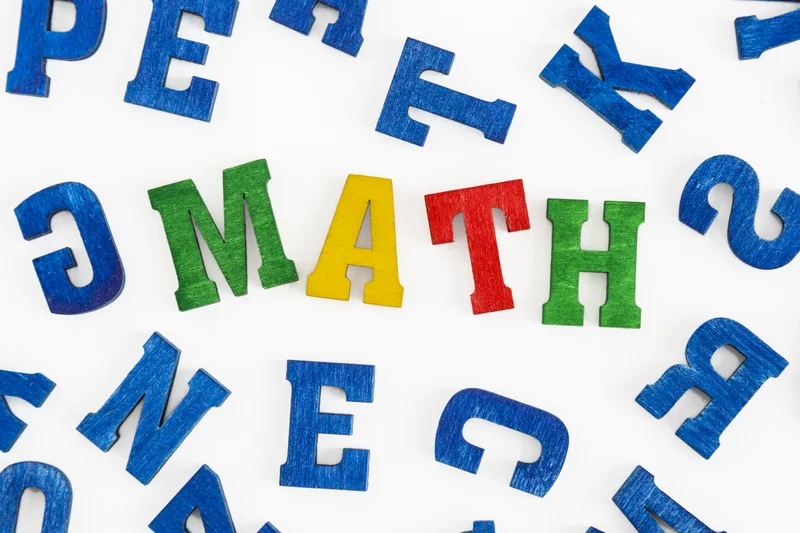The role of executive functioning in learning has been researched for many decades, and we now know that executive skills play important roles in literacy learning, and especially in successful reading comprehension. In the book by Kelly Cartwright, Executive Skills and Reading Comprehension: A Guide for Educators (2015, Guilford Press), the author explores this connection in detail and provides suggestions for supporting students who have weak executive skills.
Cartwright explains:
“Children who have difficulties with reading comprehension, despite having age-appropriate word reading skills, have lower levels of executive skills than their peers with better comprehension. These discoveries are important for all educators because reading comprehension is the foundation for all other learning in school: students cannot understand, enjoy, or respond to literature without effective reading comprehension; likewise, students cannot gather new information from science, math, or social studies texts when they don’t understand what they read. (p.3)”
What are executive function skills and how do they support reading comprehension?
Cartwright suggests we think of the term executive skills as an umbrella term that refers to a set of mental tools we use to manage tasks and achieve goals, and that these skills can be grouped into three core areas: cognitive flexibility, working memory, and inhibition.
Executive skills involve regulating one’s own thinking to achieve desired goals. Cartwright notes that “Executive skills emerge early in life and develop across childhood and beyond. Even in very young students, executive skills enable the self-control that is necessary to remember classroom routines, pay attention to a teacher’s direction, and inhibit inappropriate behaviors.”
Here is a summary of how these core skills affect reading comprehension (p. 8-9):
Cognitive Flexibility: is the ability to shift attention from one activity to another or to actively switch back and forth between important components of a task. When reading, skilled comprehenders actively shift focus between many things, such as word and text meanings, letter-sound information, and syntactic (sentence grammar) information.
Working Memory: is the capacity for holding information in mind while working with part of that information. When building text meaning, a good comprehender must keep in mind the various text ideas presented, note the causal links between them, and update the meaning as he encounters new ideas in text.
Cartwright also addresses additional, more complex executive skills:
You cannot reach a goal without a plan, and you can do so most effectively if you are aware of the steps you need to take, in the proper order, to ensure that your goal is met. These two skills work hand-in-hand to support reading comprehension. Good readers begin with a plan and goals to understand and they organize their approach to reading.
In addition, Cartwright points out that the level of a student’s executive skills will also affect his motivational or social-emotional processes – i.e., differences in students’ executive skills will be reflected in both their cognitive and social-emotional ability. For example:
Students with strong executive functioning ability are able to effectively manage and control their own behavior, regulate thinking and learning, regulate their emotional processes, have peer relations, and have strong emotional processes.
Students who are impulsive and emotionally reactive have difficulty controlling their own behavior, interacting with peers, sticking to classroom routines, focusing on task, and ignoring irrelevant information.
Here are some of the chapters in Cartwright’s book:
Plans and Goals: Getting Ready to Read
Organization: Why Text and Reader Organization Matter
Cognitive Flexibility: Juggling Multiple Aspects of Reading
Working Memory: Holding and Linking Ideas in Mind While Reading
Inhibition and Impulse Control: Resisting Distractions to Support Comprehension
Social Understanding: The importance of Mind Reading for Reading Comprehension
Other Resources Related to Executive Functioning and Reading
If you are interested in this topic, it is highly recommend you review the work of Lynn Meltzer at The Research Institute for Learning and Development. Her book Promoting Executive Function in the Classroom (2010, Guilford Press) provides very useful suggestions for understanding and assessing executive function processes and creating a classroom wide executive function culture that fosters strategy use for reading. Meltzer has chapters on goal setting, planning, organizing, remembering, flexible problem solving, self-monitoring, and emotional self-regulation. Meltzer and her colleagues have also developed the SMARTS Executive Function curriculum designed to help middle and high school students who have weak executive skills.
Here are a few other sources to learn more about the connection between executive skills and reading comprehension:
DOES YOUR CHILD STRUGGLE WITH STAYING ORGANIZED, PLANNING SCHOOLWORK, OR STUDYING FOR EXAMS? CONTACT US FOR A FREE COACHING ASSESSMENT.
Vint Hill Educational Services offers academic coaching for students who have difficulty getting motivated, staying focused, or keeping up in school. With backgrounds in counseling, mentoring, teaching, and special education, our coaches are highly experienced at working with youth and helping students overcome a wide spectrum of challenges.
Academic coaching is especially beneficial for individuals with attentional problems, low executive functioning, or learning or cognitive disabilities—though it is also valuable for those struggling to deal with the ordinary stressors of understanding complex information, planning assignments, studying for exams, or transitioning to college. Students who work with an academic coach typically require guidance and assistance in:
· Getting and staying organized
· Planning coursework and managing time effectively
· Starting and completing schoolwork
· Studying and reading with proficiency
· Managing stress, anxiety, and distractibility
· Balancing academic and personal responsibilities
· Preparing for tests
Our coaches complete assessments to identify the student’s challenges, strengths, goals, and learning style. They then create customized plans that integrate a variety of tools and techniques to help build confidence and improve school performance. Strategies include positive reinforcement, setting achievable goals, optimizing skills, breaking down tasks, creating a supportive environment, and tracking progress.
We select the best coach for your child and provide a coach profile for you to review and approve. The coach matching process considers the coach’s education, experience, and personality, as well as the student’s issues, schedule, and preferred location (e.g., home, office, public library). Each session is one hour in length and one-to-one for individualized support. Parents receive access to our online Teachworks system, allowing them to review coaching session notes, receive session email reminders, and keep track of used and remaining session hours. For more info, click here.























